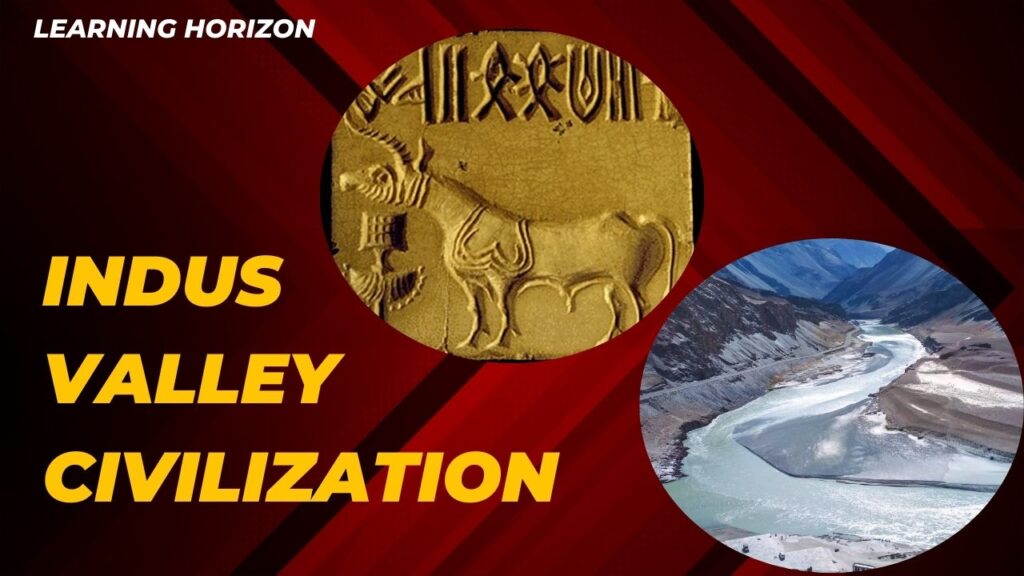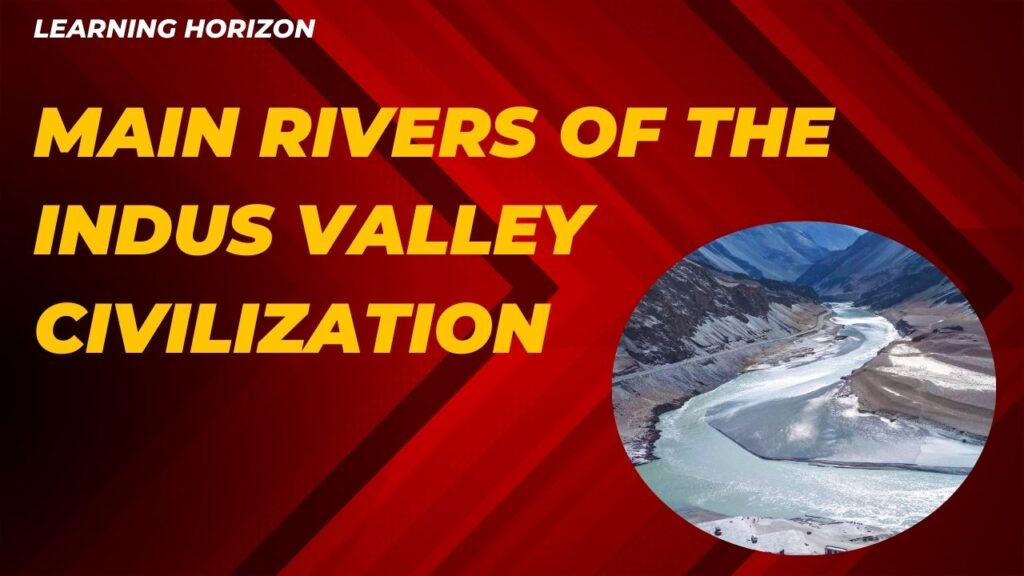
Indus Valley Civilization
The Indus Valley Civilization (IVC), also known as the Harappan Civilization, was one of the earliest and most advanced urban civilizations in the ancient world. It emerged around 3300 BCE and reached its peak between 2600 and 1900 BCE in the northwestern regions of the Indian subcontinent, primarily in present-day Pakistan and parts of northwestern India. The civilization is named after the Indus River, along which many of its major cities were built.
Renowned for its well-planned cities, advanced drainage systems, and architectural expertise, the Indus Valley Civilization demonstrates a high level of sophistication in urban planning, art, and engineering. Major cities such as Harappa, Mohenjo-daro, and Dholavira showcased a remarkable level of organization, with grid-like streets, standardized bricks, public baths, and efficient water management.
Despite being contemporary with the civilizations of Mesopotamia and Ancient Egypt, the IVC remained unique in its writing system, which is yet to be deciphered, and its relatively peaceful culture, with little evidence of warfare or large-scale conflict.
The civilization declined around 1900 BCE, likely due to environmental changes, river shifts, or economic disruptions. However, its legacy remains an important part of South Asian history and heritage.
The Indus Valley Civilization (also known as the Harappan Civilization) was one of the world’s oldest urban civilizations, flourishing around 3300–1300 BCE, with its mature period from 2600–1900 BCE. It developed along the Indus River and its tributaries, mainly in present-day Pakistan and northwestern India.
Indus Valley Civilization
Key Features:
- Major Cities:
- Harappa
- Mohenjo-daro
- Dholavira
- Lothal
- Rakhigarhi
- Urban Planning:
- Grid-pattern streets
- Sophisticated drainage systems
- Well-built brick houses
- Public baths (e.g., the Great Bath at Mohenjo-daro)
- Economy:
- Based on agriculture, trade (especially with Mesopotamia), and crafts
- Use of standardized weights and measures
- Evidence of seals, which may have been used in trade or administration
- Writing System:
- Used Indus script, still undeciphered
- Found on seals, pottery, and tablets
- Religion and Culture:
- Figurines suggest worship of a mother goddess, animal deities, and possibly proto-Shiva symbols
- No clear evidence of large temples, but possible ritual sites and altars
- Decline:
- The civilization declined around 1900 BCE, possibly due to climate change, river shifts, or declining trade
Main Rivers of the Indus Valley Civilization

- Indus River
- The primary river after which the civilization is named.
- Originates in Tibet, flows through Ladakh, Pakistan, and into the Arabian Sea.
- Major cities like Mohenjo-daro and Harappa were located near it.
- Ghaggar-Hakra River (believed by some to be the ancient Saraswati River)
- Now mostly dry, this river flowed through northwestern India and eastern Pakistan.
- Many important sites like Kalibangan and Banawali were found along this river system.
- Played a major role during the early and mature phases of the civilization.
- Ravi River
- A tributary of the Indus.
- The city of Harappa was located near the Ravi River.
- Sutlej River
- Another tributary of the Indus, flowing through Punjab and into Pakistan.
- Beas River
- Located further east; some sites were found near this river as well.
Indus Waters Treaty – Overview

- Signed: 1960
- Brokered by: World Bank
- Parties: India and Pakistan
Main Rivers Involved
The treaty governs six rivers of the Indus River System:
- Western Rivers (given to Pakistan):
- Indus, Jhelum, and Chenab
- Eastern Rivers (allocated to India):
- Ravi, Beas, and Sutlej
Key Provisions
- India can use the eastern rivers freely for irrigation, power generation, and other purposes.
- Pakistan has rights over the western rivers, though India can use them in a limited way (e.g., for non-consumptive uses like hydroelectric power, with restrictions).
- A Permanent Indus Commission was established to handle disputes and ensure implementation.
Significance
- Despite tensions and conflicts between India and Pakistan, the treaty has survived multiple wars and remains in force.
- It is often cited as an example of cooperation on shared water resources between two rival nations.
Indus Script

1. Definition
- The Indus script is a set of symbols used by the people of the Indus Valley Civilization (2600–1900 BCE).
- It appears mostly on seals, pottery, tablets, tools, and weights.
2. Characteristics
- Consists of about 400 to 600 unique signs (some estimates vary).
- Most inscriptions are short, typically 4 to 5 symbols long.
- Written in a linear format, usually from right to left (but not always).
- Symbols include human figures, animals, plants, and geometric shapes.
3. Materials & Artifacts
- Found on:
- Steatite seals
- Terracotta tablets
- Bronze tools
- Ivory and stone artifacts
- Seals often have a central image (like a bull or unicorn) with script above or around it.
4. Function
- Believed to have been used for:
- Trade and identification
- Religious or ritual purposes
- Administrative control or ownership marks
- Still uncertain if it represents a spoken language or a symbolic code.
5. Decipherment Attempts
- Despite many efforts, the Indus script remains undeciphered.
- Challenges include:
- No bilingual inscription (like the Rosetta Stone for Egyptian hieroglyphs).
- Short length of texts (not enough context).
- Unknown underlying language (could be Dravidian, Munda, or something lost).
6. Theories About the Language
- Dravidian hypothesis: Supported by scholars like Iravatham Mahadevan.
- Indo-Aryan hypothesis: Less popular; proposes Vedic links.
- Non-linguistic symbol system: Some argue it’s not a true script but a set of non-verbal symbols used for trade or ritual.
7. Importance
- Understanding the Indus script could reveal:
- The language, religion, and social structure of the Harappans.
- Connections with other ancient civilizations.
- Its mystery makes it one of the most intriguing aspects of the Indus Valley Civilization.
Read also : Click here
